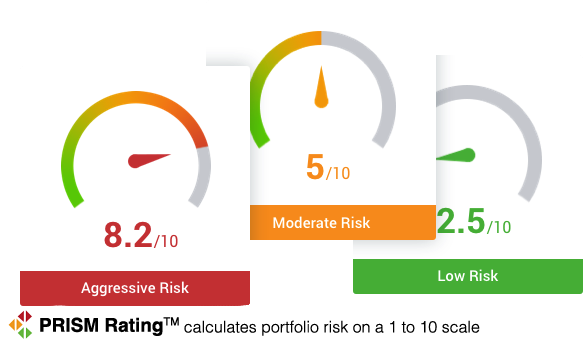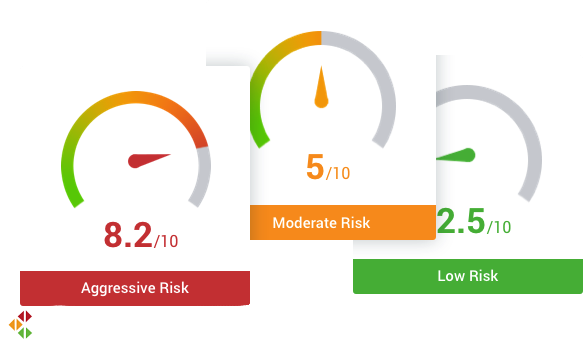Many people make terrible, emotional decisions in response to market movements, and they act like bad short-term traders, even though they think they are long-term investors. This disconnect is a great curiosity that reflects the psychological difficulties of investing. Most people work hard, save money through sacrifice and habit, and they try to amass a significant amount of money for their retirement. Understandably, when their hard-earned portfolios are tossed around in the stock market like little boats in rough seas, strange decisions often follow. People sell when they should buy just as surely as they buy when they should sell.
By discussing investment risks, just like investment goals, advisors can educate clients about the realities of financial markets. Those discussions, and associated investment strategies, help advisors evolve their relationships with their clients. Many successful investors approach the market in different ways, but they have this in common: they tend to not lose a lot of money. That simple fact is not part of the narrative that surrounds markets and investing.
Individual investors primarily focus only on the return potential of investing and usually ignore downside risks. They tend to see the financial markets as a field of dreams where investments age gracefully and double in value every seven to 10 years. So many of these investors are so focused on making money and making a lot of it, that they often have unrealistic expectations. These unrealistic expectations blind them to the risks that they must take to achieve any return. It is a curious phenomenon, and one of the reasons why so many people are so ill-prepared for retirement.



